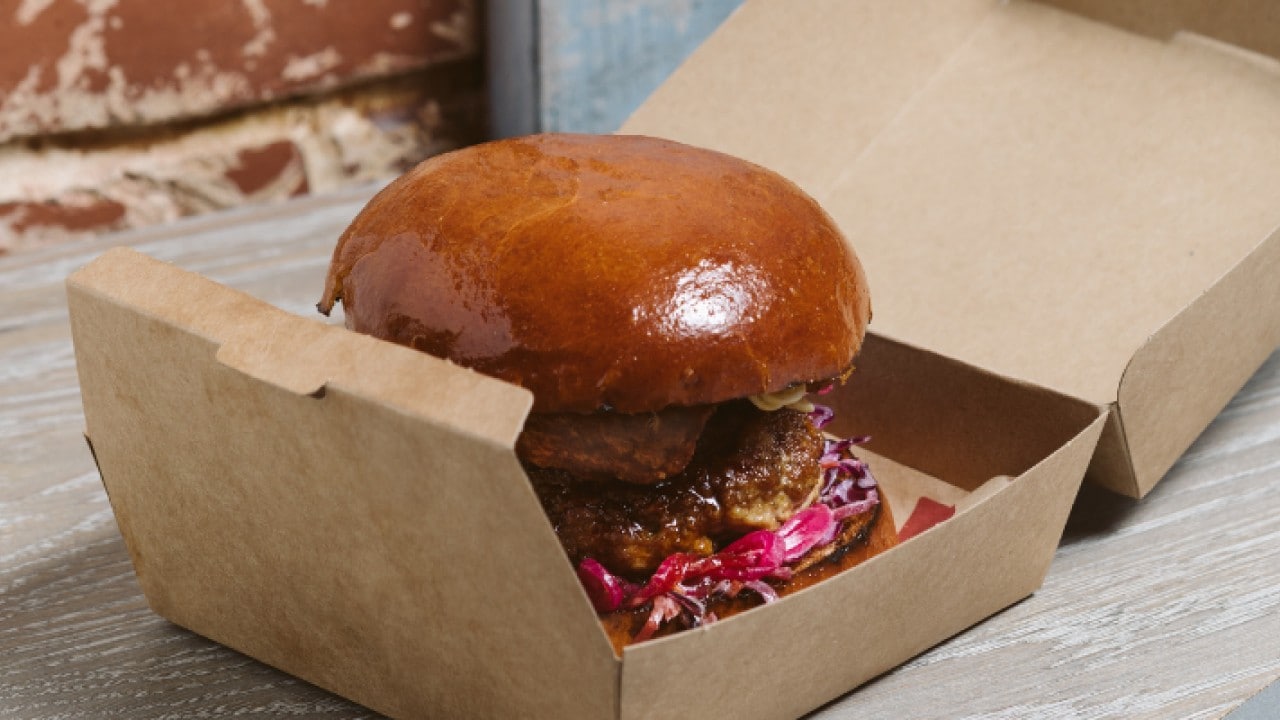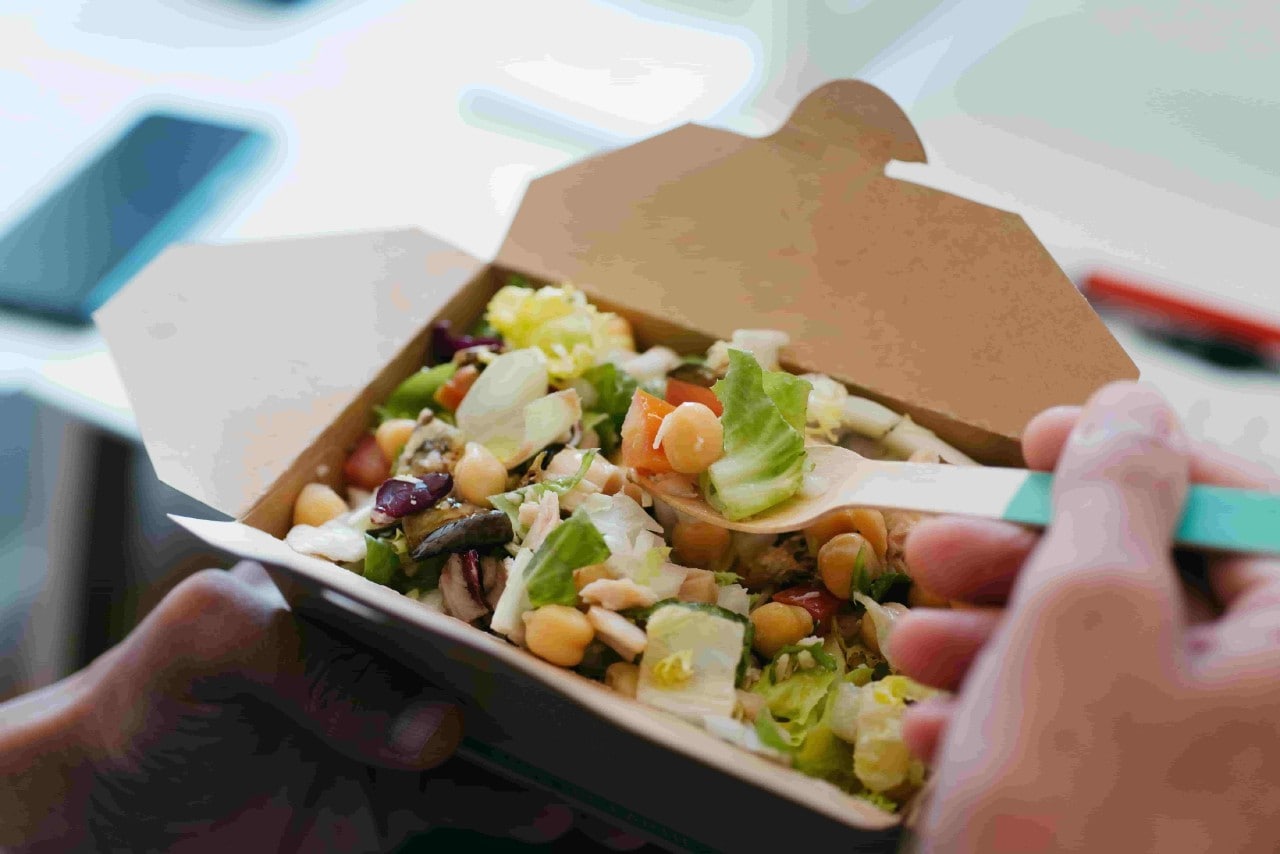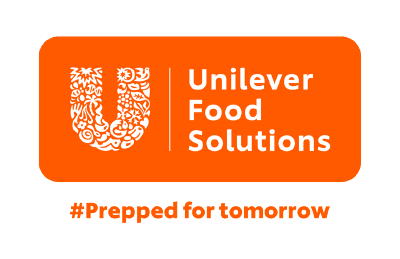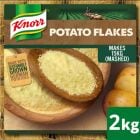Your customers’ positive experience with your restaurant should continue even when they get their food to go. Takeout containers are a critical part of the delivery and home dining experience. Will your food stay fresh until your patrons can settle down to eat? Not if you’re using the wrong packaging.
In the past, finding good-quality disposable food containers was challenging for restaurateurs. Fortunately, more options, including plenty of sustainable picks, are now widely available.
If you're interested in practicing sustainability in your food business, then you’ve found the right guide. Here, you’ll learn why more operators should go for eco-friendly packaging. Plus, get to know your options, including the best and most affordable containers, depending on your business needs.
Why You Should Switch to Eco-Friendly Takeout Containers

There are many reasons why your restaurant should go the eco-friendly route when it comes to food takeout packaging. The main one is that it’s good for the planet. Different types of packaging make up 30% of solid waste, and food establishments contribute largely to that number. Restaurants can make a significant difference in the world by reducing their waste.
As an added perk, eco-friendly practices also help boost your brand’s image. Consumers are becoming more cautious about restaurant packaging. Millennials are about one-and-a-half times more likely to purchase a more sustainable product when compared with similar competitors.
The 4 Best Eco-Friendly Food Containers

Do you want to make the shift to more sustainable packaging? Start with these premium-quality materials that you can source locally.
1. Bamboo
Bamboo is widely available, so much so that it gets called the “fastest-growing plant in the world.” Its thick fibers are ideal for creating food packaging and clothing that can be reused and recycled. But it’s also one of the more expensive food delivery packaging solutions you’ll find.
2. Banana leaves
Banana leaves are antibacterial and have low production costs. Harvesting them also won’t lead to deforestation or animal habitat loss. Their versatility makes them a terrific choice for restaurant food containers and to-go boxes.
3. Paper or cardboard
Paper and cardboard are both abundant and recyclable. When you use recycled or scrap wood or paper, there is little to no impact on the environment. Prices vary depending on the company you order from, but these materials are usually cost-effective.
4. Bioplastics
Scientists have figured out how to create plastics from natural materials like corn and sugar. Their prices may skew a little higher, but they’re still a better packaging option for both the consumer and the earth.
Not all eco-friendly packaging is created equal. When you’re shopping for sustainable to-go materials, look for the following:
- Clamshell compostable containers that can handle both hot and cold food.
- Recycled handle bags that you can customize with your restaurant’s name or logo.
- 100% recycled cardboard paper takeout boxes that are biodegradable and chlorine-free to handle even the greasiest foods.
- Fiber plates that use compostable compressed sugarcane fiber.
6 Cost-Effective Disposable Food Delivery Packaging

Eco-friendly containers can be cost-effective, too. Here are some affordable materials that can help keep your expenses at a minimum when transitioning into more sustainable practices.
1. Aluminum
Aluminum is the least expensive of recyclable food container options. It’s safe to use in the oven or freezer. Plus, it has an exceptional tolerance for grease and heat.
2. Polypropylene (PP)
PP is almost as inexpensive as aluminum. It’s durable, lightweight, and often reusable. Some recycling centers also accept polypropylene.
3. Polyethylene terephthalate (PET)
Though slightly more expensive than the first two materials, PET is commonly accepted in recycling centers. You can use it to improve the visual appeal of clear containers. But note that polyethylene doesn’t have good heat tolerance.
4. Paper bags
Although you can only use them for dry food, paper bags are fully compostable and inexpensive.
5. Bagasse
Derived from byproducts of sugar and wheat production, bagasse is a material you can use to create sustainable takeout containers. It has a natural look that will appeal to discerning consumers. But keep in mind that not all compost facilities accept bagasse.
6. Polylactic acid (PLA)
Made from corn resin, PLA is used to line plastic cups and containers to prevent sogginess or leaking. It's also transparent, allowing customers to see their food through the packaging.
4 Common Types of Takeout Food and Their Packaging

Specific menu items may require certain packaging conditions to maintain their quality. Here are some sample food types and the best containers to use for them.
1. Pizza delivery
Why is paper or cardboard always the go-to for pizza delivery? Corrugated cardboard boxes provide both heat insulation and temperature regulation. They allow some air to escape, preventing condensation and sogginess.
2. Hot food
Go for PP lids to preserve hot food. You want heat-resistant solutions that keep your food at the right temperature without heating the outside of your container.
3. Heavy dishes
Choose foil for heavy, greasy, or liquid-laden dishes. Aluminum is sturdy enough to withstand temperature and weight variations.
4. Crunchy food
Clamshell containers keep the crunch intact with a high-performance ventilation system. They also prevent temperature loss. Try using them for fried food, too.
Food Delivery Packages for Longer Distances

When it comes to takeout containers for long-distance travel, packing habits are as important as the type of material you choose. Here are a few things to keep in mind when preparing and packing food for a wider delivery radius:
- Seal freshly cooked food as quickly and securely as you can.
- Give cooks easy access to takeout containers in the kitchen.
- Keep food with different temperatures separate.
- Place sauces on the side.
- Keep travel distance as short as possible.
- Don’t use containers that are too large for the meal – empty spaces can result in a mess.
- Opt for sturdy packaging with tight-fitting lids.
Styrofoam clamshells do a decent job of keeping food hot or cold, but they can break open easily during a long drive. Choose a packaging solution that provides a strong seal to make sure the meal stays fresh and appealing when it arrives at its destination
Other Tips for Choosing the Right To-Go Containers

Ideally, your restaurant’s to-go containers should:
- Protect against cross-contamination
- Make the food look appealing
- Control the temperature of the food
- Showcase your brand identity
- Add value to the meal
As long as you keep customer satisfaction and sustainability as top priorities, you’re bound to make good choices that will benefit your business in the long run. So, consider switching to takeout containers that can maintain food quality without environmental drawbacks. Your patrons, not just the eco-friendly ones, will surely appreciate the minor yet thoughtful upgrade to your food delivery services.
1https://www.ebpsupply.com/blog/low-cost-sustainable-takeout-packaging
2https://get.grubhub.com/blog/the-secrets-of-properly-packed-food-deliveries.html
3https://www.touchbistro.com/blog/takeout-food-packaging/



